Home>Articles>How Long Is Pulled Pork Good For In The Refrigerator
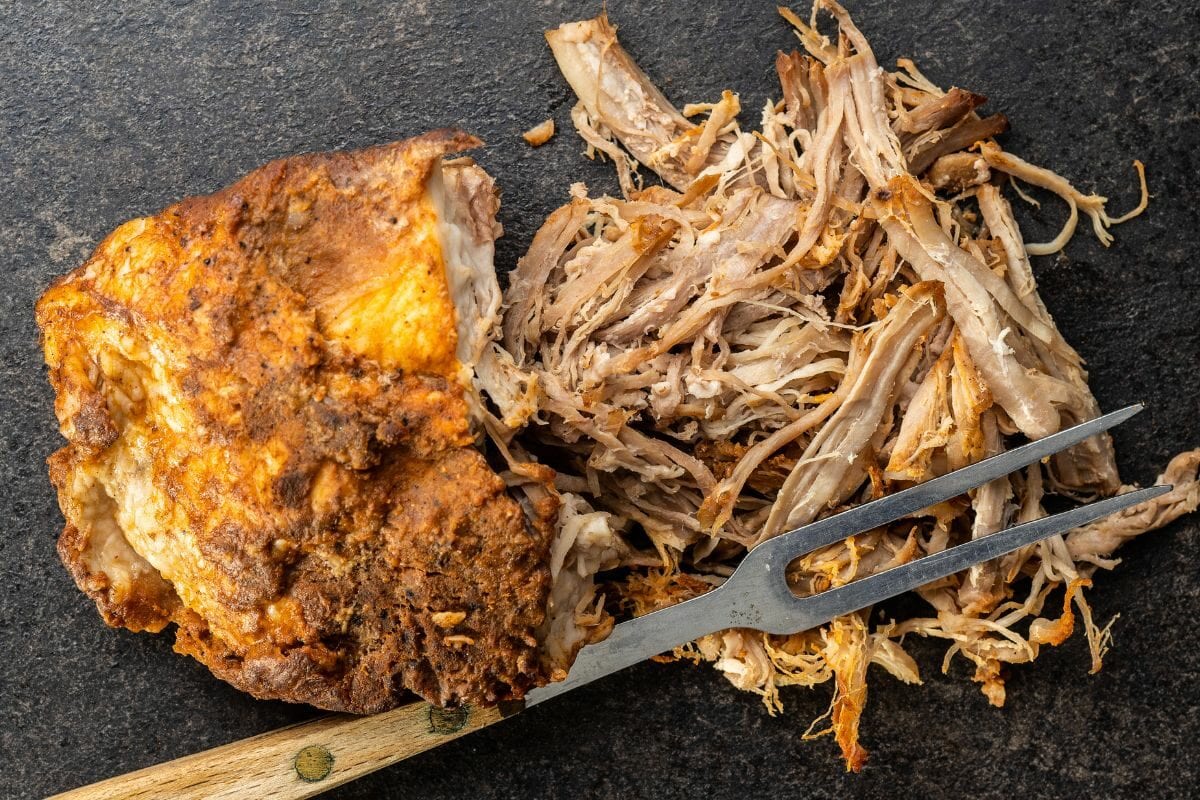

Articles
How Long Is Pulled Pork Good For In The Refrigerator
Modified: August 27, 2024
Learn how long pulled pork remains good in the refrigerator. Read our informative articles for tips on storing and maximizing the shelf life of this delicious dish.
(Many of the links in this article redirect to a specific reviewed product. Your purchase of these products through affiliate links helps to generate commission for Storables.com, at no extra cost. Learn more)
Introduction
When it comes to cooking and enjoying delicious barbecue, pulled pork is undoubtedly a crowd favorite. Whether you’re hosting a backyard barbecue or simply craving a savory sandwich, pulled pork never disappoints. However, once the cooking is done, it’s important to understand how to properly store the leftovers to maintain their freshness and safety.
In this article, we will delve into the world of pulled pork storage, focusing specifically on how long pulled pork can be safely kept in the refrigerator. We will explore the factors that affect its shelf life, as well as the signs of spoiled pulled pork. Additionally, we will provide helpful tips for extending the shelf life of your leftovers, ensuring that you can savor the flavors of the juicy pulled pork for as long as possible.
So, if you’re ready to learn the ins and outs of storing pulled pork, let’s get started!
Key Takeaways:
- Properly store pulled pork in airtight containers in the refrigerator at a temperature below 40°F for 3-4 days to maintain its freshness and safety, or freeze for extended shelf life.
- Recognize signs of spoiled pulled pork, such as foul odor, mold growth, strange texture, discoloration, excessive gas, or sour taste, and prioritize food safety by discarding questionable leftovers.
Read more: How Long To Cook Pulled Pork On Stove Top
Understanding Pulled Pork
Before we dive into the specifics of storing pulled pork, it’s important to have a good understanding of what it is and how it is prepared. Pulled pork is a dish made from slow-cooked pork shoulder or pork butt. The meat is typically seasoned with a dry rub or marinade, then cooked at a low temperature for several hours until it becomes tender and easily shredded.
The slow cooking process allows the collagen in the pork to break down, resulting in a moist and flavorful end product. Pulled pork is commonly associated with barbecue, and its versatility makes it a popular choice for sandwiches, tacos, nachos, and more.
When preparing pulled pork, it’s important to note that the cooking time can vary depending on the size of the pork shoulder or butt. It is typically cooked for 8-10 hours or more, depending on the desired level of tenderness. The low and slow cooking method ensures that the pork is not only delicious but also safe to consume.
Now that we have a basic understanding of pulled pork, let’s move on to the important topic of storing it properly to maintain its quality and safety.
Storing Pulled Pork in the Refrigerator
After you have enjoyed your mouthwatering pulled pork, it’s essential to know how to store the leftovers properly. Storing pulled pork in the refrigerator is the most common method for keeping it fresh for an extended period of time.
When transferring the pulled pork to the refrigerator, it’s crucial to do so as soon as possible after it has cooled down. Leaving it at room temperature for too long can promote the growth of harmful bacteria.
Before storing the pulled pork, it’s essential to ensure that it is completely cooled. Placing hot or warm pulled pork directly into the refrigerator can raise the temperature inside the fridge and potentially affect the safety of other perishable items.
When it comes to packaging, use airtight containers or sealable plastic bags to store the pulled pork. Leaving it uncovered or in containers with loose-fitting lids can lead to the loss of moisture and the absorption of odors from other foods in the refrigerator.
Divide the pulled pork into smaller portions before storing it. This allows for easier reheating and reduces the risk of bacterial growth. If you know you won’t be able to consume all the pulled pork within a few days, consider freezing some portions to extend its shelf life.
Now that you know the basics of storing pulled pork in the refrigerator, let’s explore the factors that can influence its shelf life.
Factors Affecting the Shelf Life of Pulled Pork
While properly storing pulled pork in the refrigerator is essential, there are several factors that can impact its shelf life. Understanding these factors can help you determine how long you can safely keep your leftover pulled pork.
1. Temperature: The temperature at which pulled pork is stored plays a critical role in its shelf life. The refrigerator should be set to a temperature below 40°F (4°C) to slow down bacterial growth. Keeping the pulled pork at a consistently low temperature is crucial in maintaining its freshness.
2. Air Exposure: Exposure to air can cause the pulled pork to dry out and become less flavorful. Ensure that the pulled pork is tightly sealed in airtight containers or wrapped securely in plastic wrap to minimize air exposure.
3. Moisture Content: Moisture plays a vital role in maintaining the texture and juiciness of pulled pork. Too much moisture can lead to bacterial growth, while too little moisture can cause the pulled pork to dry out. Strike a balance by storing the pulled pork with its natural juices or adding a small amount of broth or barbecue sauce to keep it moist.
4. Contamination: Avoid cross-contamination by storing pulled pork separately from other raw meats and seafood in the refrigerator. This helps prevent the transfer of harmful bacteria and reduces the risk of foodborne illnesses.
5. Storage Duration: Even when stored properly, pulled pork will eventually start to spoil. It is best to consume it within 3-4 days of refrigeration. If you plan to keep it longer, consider freezing the leftovers to extend its shelf life.
By considering these factors, you can make informed decisions on how to store and consume your pulled pork, ensuring both its quality and safety.
How to Properly Store Pulled Pork
Properly storing pulled pork is key to maintaining its flavor, texture, and safety. Here are some guidelines to follow:
1. Cool it Down: Allow the pulled pork to cool down to room temperature before storing it in the refrigerator. This helps prevent the increase in temperature inside the fridge and minimizes the risk of bacterial growth.
2. Divide into Portions: Divide the pulled pork into smaller portions before storing. This makes reheating easier and reduces the risk of contamination during storage.
3. Airtight Containers: Place the pulled pork in airtight containers or sealable plastic bags. Make sure the containers are specifically designed for storing food and have tight-fitting lids to prevent air exposure and maintain its moisture.
4. Label and Date: Label the containers with the date of storage. This helps you keep track of how long the pulled pork has been stored and makes it easier to identify leftovers in the future.
5. Proper Placement: Store the pulled pork on the lower shelves of the refrigerator, away from raw meats and seafood, to prevent cross-contamination. This will prevent any potential drips or spills from contaminating other foods.
6. Refrigerator Temperature: Set your refrigerator to a temperature below 40°F (4°C) to slow down bacterial growth. Check the temperature regularly to ensure it is within the safe range.
7. Use within 3-4 days: It is recommended to consume the pulled pork within 3-4 days of refrigeration. After this point, the quality may deteriorate, and there is a higher risk of spoilage. If you are unable to consume it within this timeframe, consider freezing the leftovers.
By following these storage guidelines, you can ensure that your pulled pork remains fresh, flavorful, and safe to consume.
Pulled pork can be stored in the refrigerator for 3-4 days. To extend its shelf life, store it in an airtight container or wrap it tightly in plastic wrap before refrigerating.
Read more: How Long Are Pork Chops Good In The Freezer
Signs of Spoiled Pulled Pork
Knowing how to identify the signs of spoiled pulled pork is crucial for ensuring food safety. Here are some indicators that the pulled pork may have gone bad:
1. Unpleasant Odor: A strong, foul or rancid odor is a definite sign that the pulled pork has spoiled. Trust your sense of smell – if it doesn’t smell right, it’s best to discard it.
2. Mold Growth: Presence of mold on the surface of the pulled pork indicates spoilage. Mold can appear as green, white, or black spots and should not be consumed.
3. Strange Texture: If the pulled pork feels slimy, tacky, or excessively dry, it is likely spoiled. The texture should be moist and tender, and any deviation from that is a red flag.
4. Discoloration: Significant changes in color, such as an unusual darkening or a greenish hue, can indicate spoilage. Fresh pulled pork should maintain its natural pinkish color.
5. Excessive Gas: If the container holding the pulled pork is inflated or there are signs of pressure release, it could be a sign of bacterial fermentation. This is a clear indication that the pulled pork has spoiled.
6. Sour or Off Taste: Spoiled pulled pork may have a sour or off taste. If it doesn’t taste how it should, it’s best not to consume it.
It’s important to note that even if just one of these signs is present, it’s advisable to dispose of the pulled pork to avoid foodborne illnesses.
Always trust your instincts and prioritize food safety. When in doubt, it is better to be safe than sorry and discard any questionable pulled pork.
Tips for Extending the Shelf Life of Pulled Pork
If you want to maximize the shelf life of your pulled pork and reduce food waste, here are some helpful tips:
1. Proper Storage: Follow the proper storage guidelines mentioned earlier, such as using airtight containers, labeling and dating, and storing the pulled pork at the right temperature. These steps will help maintain its quality for a longer period.
2. Freeze in Portions: If you know you won’t be able to consume all the pulled pork within a few days, freezing it is an excellent option to extend its shelf life. Divide the leftovers into individual portions and place them in freezer-safe bags or containers. Make sure to remove as much air as possible before sealing to prevent freezer burn.
3. Use Freezer-Safe Packaging: When freezing pulled pork, opt for freezer-safe containers or bags that are designed to withstand low temperatures. Improper packaging can result in freezer burn and affect the taste and texture of the meat.
4. Label and Date: Don’t forget to label the frozen pulled pork with the date of storage. This ensures you can keep track of how long it has been frozen and helps to maintain organization in your freezer.
5. Thaw Properly: When you’re ready to thaw and reheat the pulled pork, do it safely. The best method is to thaw it in the refrigerator overnight. If you need to thaw it quickly, you can use the defrost function on your microwave or place the sealed bag or container in a bowl of cold water, changing the water every 30 minutes until the pork has thawed.
6. Reheat Thoroughly: When reheating pulled pork, ensure it is heated to an internal temperature of 165°F (74°C) to kill any potential bacteria. Use a food thermometer to check the temperature and make sure it is evenly heated throughout.
By following these tips, you can extend the shelf life of your pulled pork, maximize its flavor and texture, and reduce unnecessary waste.
Frequently Asked Questions (FAQs)
1. How long can I store pulled pork in the refrigerator?
Pulled pork can be safely stored in the refrigerator for 3-4 days. After this time, it is recommended to either consume it or freeze it for longer storage.
2. Can I freeze pulled pork?
Yes, you can freeze pulled pork. Divide the leftovers into portions and store them in freezer-safe containers or bags. Properly packaged, pulled pork can be frozen for up to 3-4 months without significant loss in quality.
3. How do I know if pulled pork has gone bad?
Signs of spoiled pulled pork include a foul odor, mold growth, strange texture (slimy or excessively dry), discoloration, excessive gas, or a sour/off taste. Trust your senses and discard any pulled pork that shows these signs.
4. Can I reheat pulled pork that has been frozen?
Absolutely! Thaw the frozen pulled pork in the refrigerator and then reheat it thoroughly. Ensure the internal temperature reaches 165°F (74°C) to ensure food safety.
5. How long can I keep frozen pulled pork?
Frozen pulled pork can maintain its quality for up to 3-4 months. However, for the best flavor and texture, it’s recommended to consume it within this timeframe.
6. Can I refreeze pulled pork?
While it’s generally safe to refreeze pulled pork that has been thawed, it’s best to avoid doing so. Each time you freeze and thaw it, the quality and texture of the meat may be affected.
7. Can I store pulled pork at room temperature?
No, it is not safe or recommended to store pulled pork at room temperature. Bacteria can rapidly grow in the danger zone of 40°F to 140°F (4°C to 60°C), potentially causing foodborne illness.
Remember to always prioritize food safety and use your best judgment when determining the freshness and safety of pulled pork.
Conclusion
Properly storing pulled pork in the refrigerator is crucial for maintaining its freshness, flavor, and safety. By following the guidelines outlined in this article, you can ensure that your leftover pulled pork stays delicious and safe to consume.
Understanding the basics of pulled pork, such as its preparation and cooking process, provides a solid foundation for knowing how to handle and store it. Storing pulled pork in airtight containers, at the appropriate temperature, and away from other raw meats helps to prevent contamination and maintain its quality.
Knowing the signs of spoiled pulled pork is equally important. Foul odor, mold growth, strange texture, discoloration, excessive gas, or sour/off taste are indicators that the pulled pork has gone bad and should be discarded.
If you find yourself with leftover pulled pork that you cannot consume within 3-4 days, freezing it is a great way to extend its shelf life. Proper packaging and labeling ensure that you can enjoy pulled pork for up to 3-4 months without compromising its quality.
By implementing these tips and guidelines, you can prolong the shelf life of pulled pork, reduce food waste, and savor the mouthwatering flavors of this beloved barbecue staple.
Remember, when it comes to food safety, trust your instincts and prioritize your well-being. When in doubt, it’s better to err on the side of caution and discard questionable pulled pork rather than risking foodborne illnesses.
So, whether you’re hosting a barbecue gathering or simply craving a pulled pork sandwich, now you have the knowledge and confidence to store your leftovers properly and enjoy the flavors of this delectable dish for as long as possible.
Keeping your pulled pork tasty and safe is just the start. Want to really up your kitchen game? Dive into our article on the best ways to keep all your foods fresh and flavorful. You'll get smart tips and clever tricks for food storage that can make a big difference in how your groceries last. Don't miss out on our insights that can help you save money and enjoy better tasting meals every day!
Frequently Asked Questions about How Long Is Pulled Pork Good For In The Refrigerator
Was this page helpful?
At Storables.com, we guarantee accurate and reliable information. Our content, validated by Expert Board Contributors, is crafted following stringent Editorial Policies. We're committed to providing you with well-researched, expert-backed insights for all your informational needs.
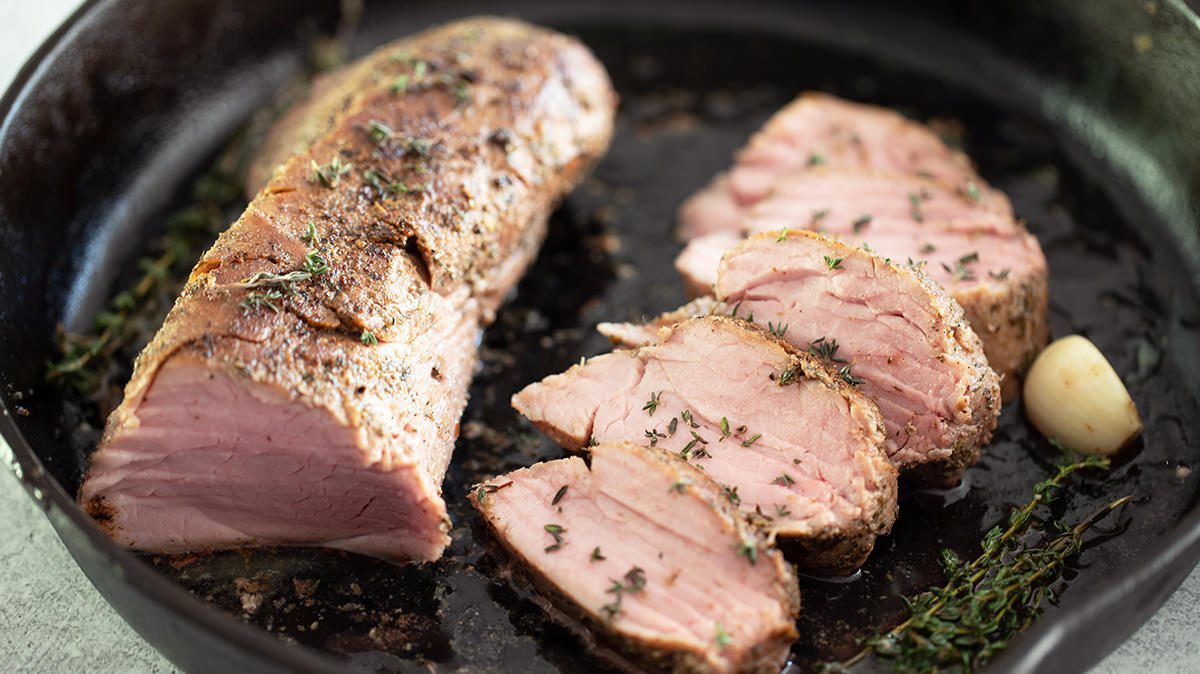
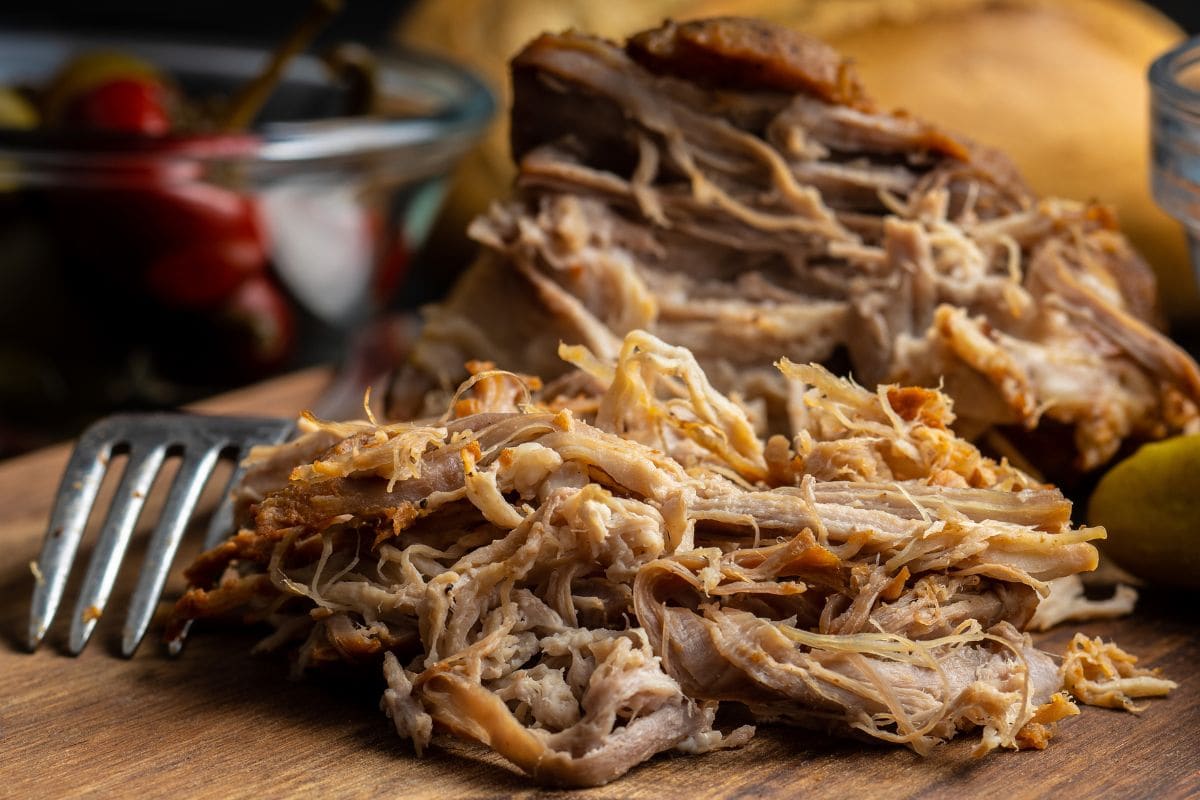

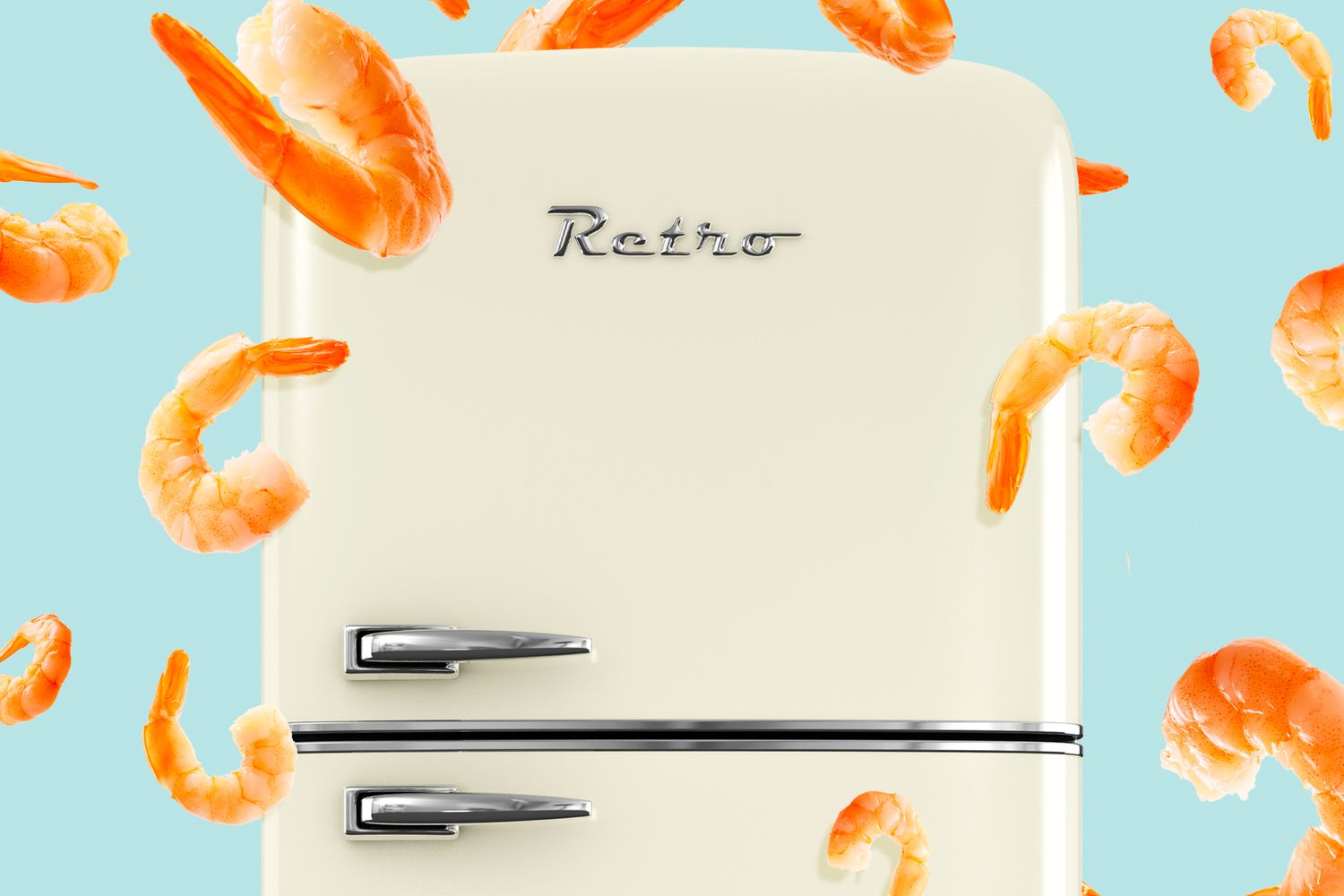

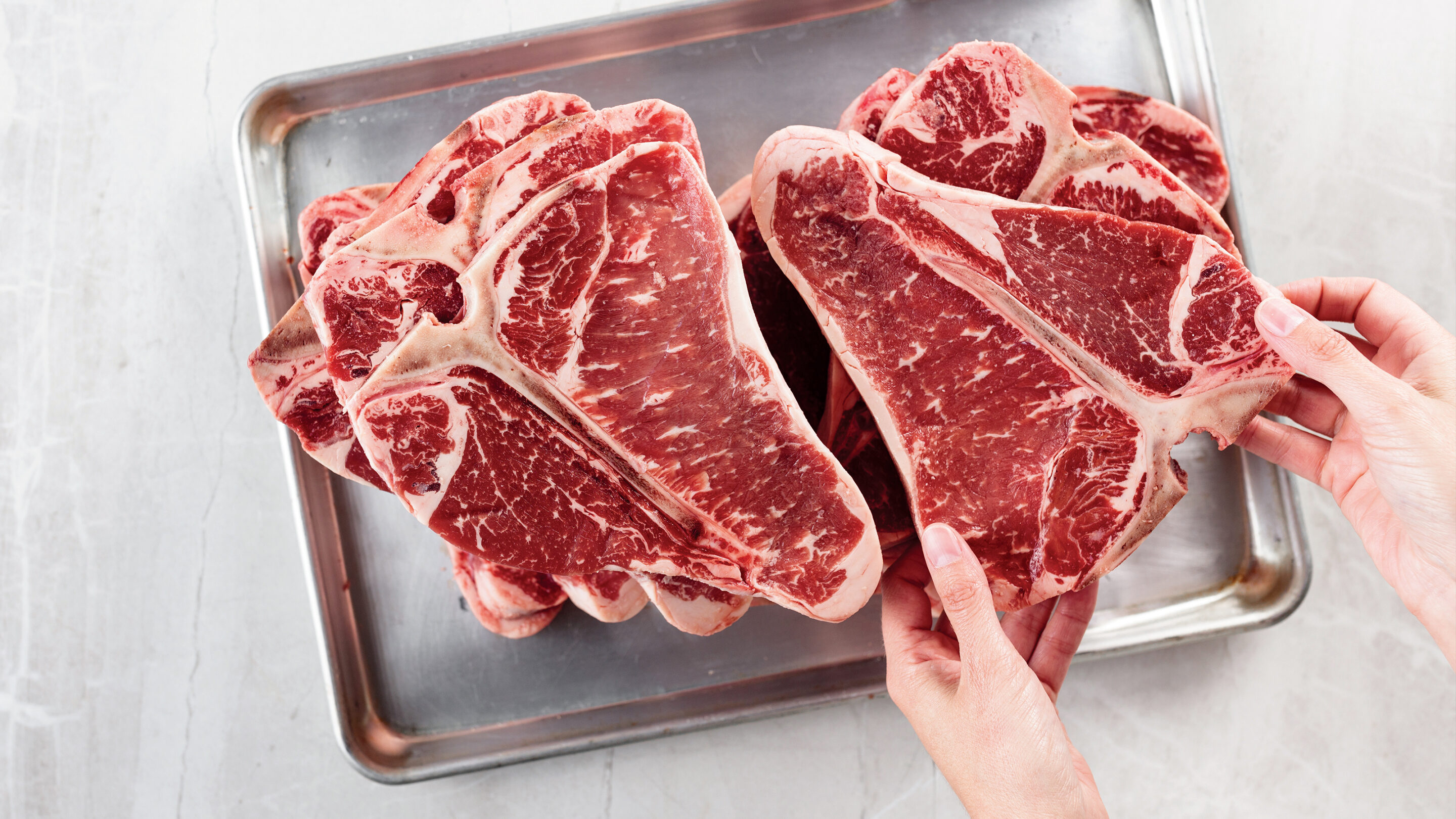

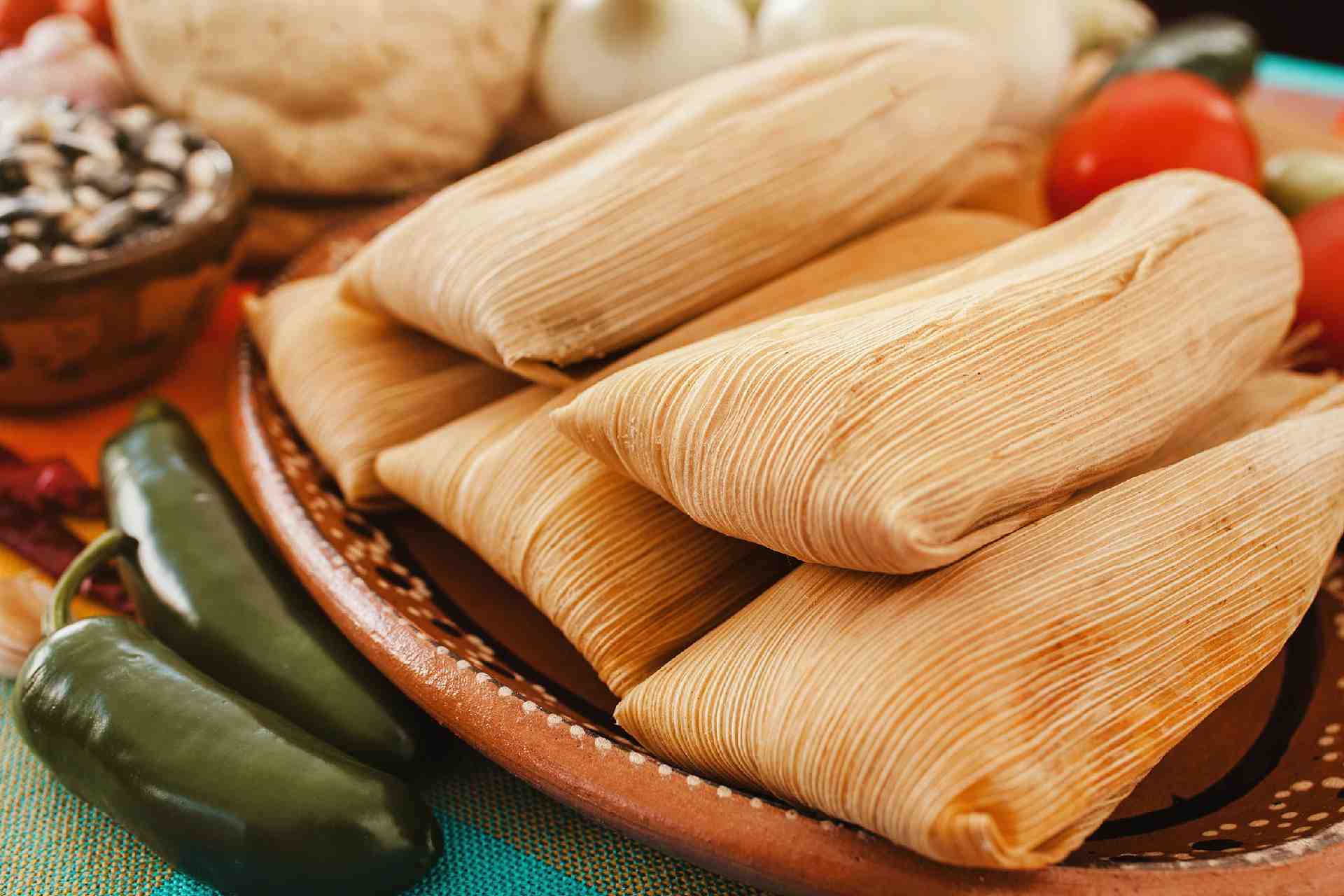
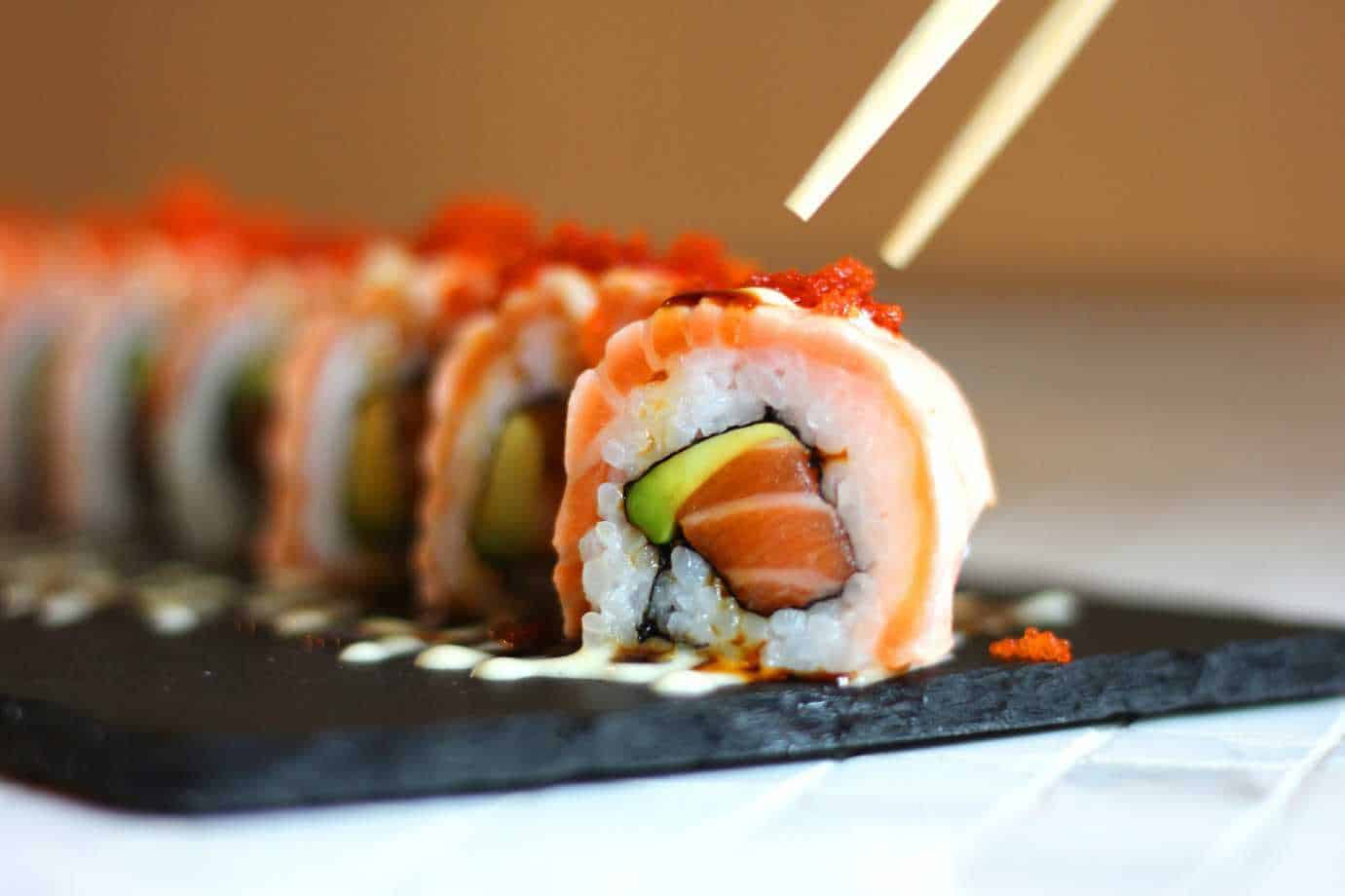
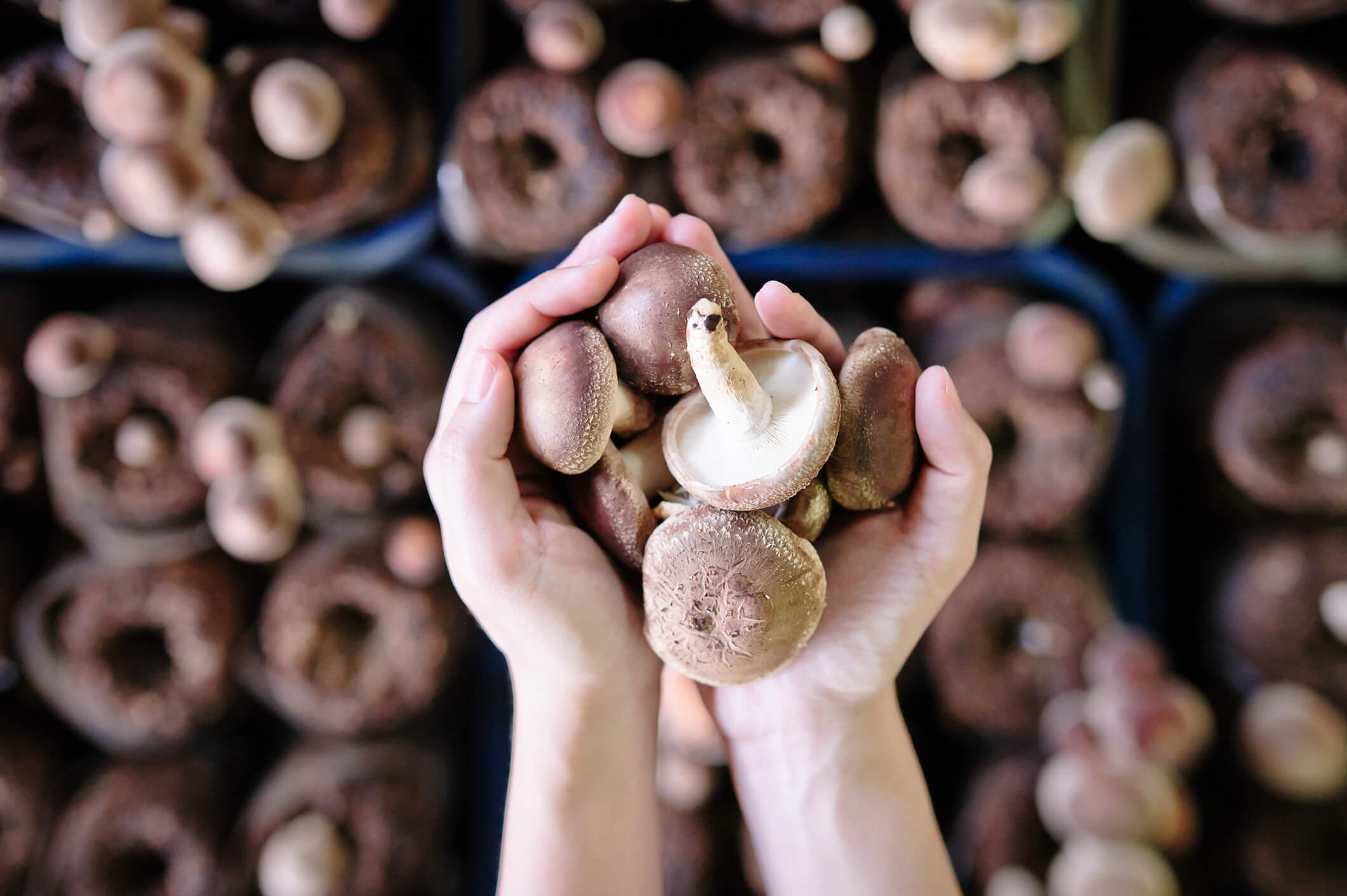
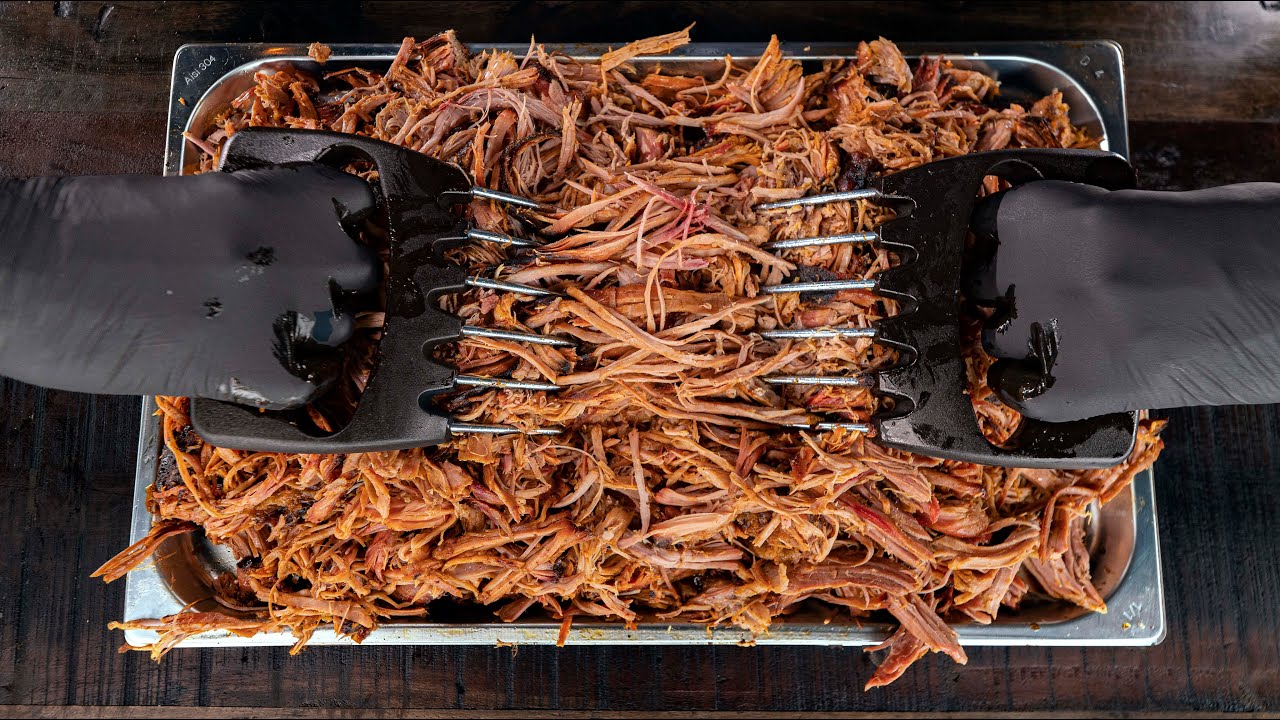
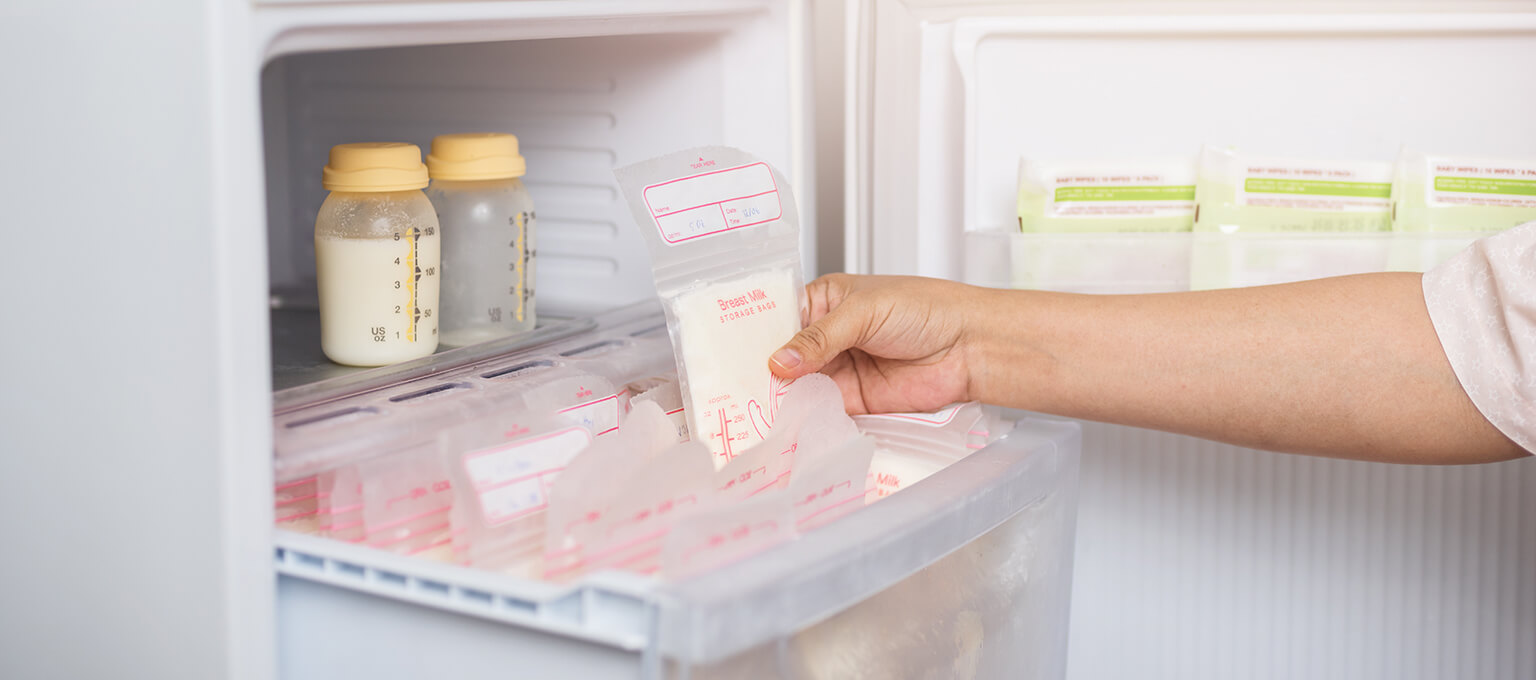
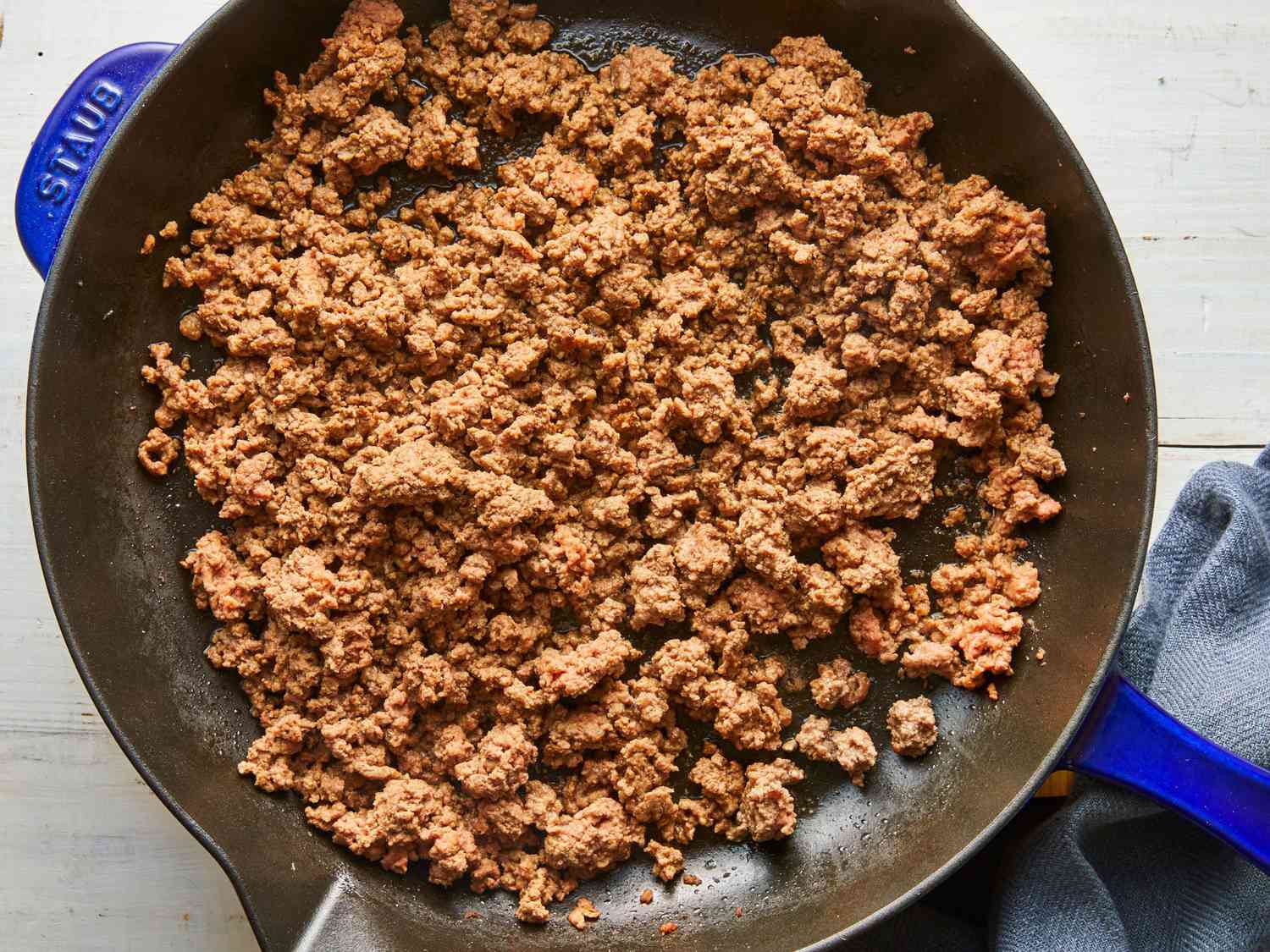


0 thoughts on “How Long Is Pulled Pork Good For In The Refrigerator”